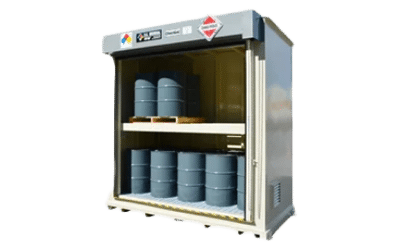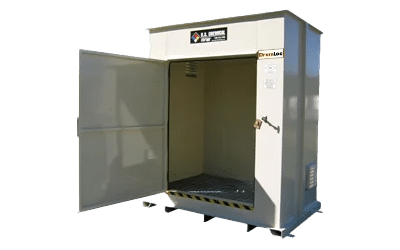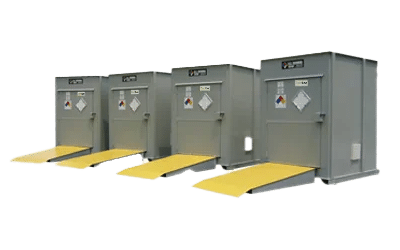Non-Fire Rated Storage
All U.S. Chemical Storage non-fire rated hazardous storage buildings are professionally manufactured with one goal in mind: durability. This non-fire rated hazardous storage building line is available in three general-purpose categories: ChemLoc™, TurfLoc™, and DrumLoc™.

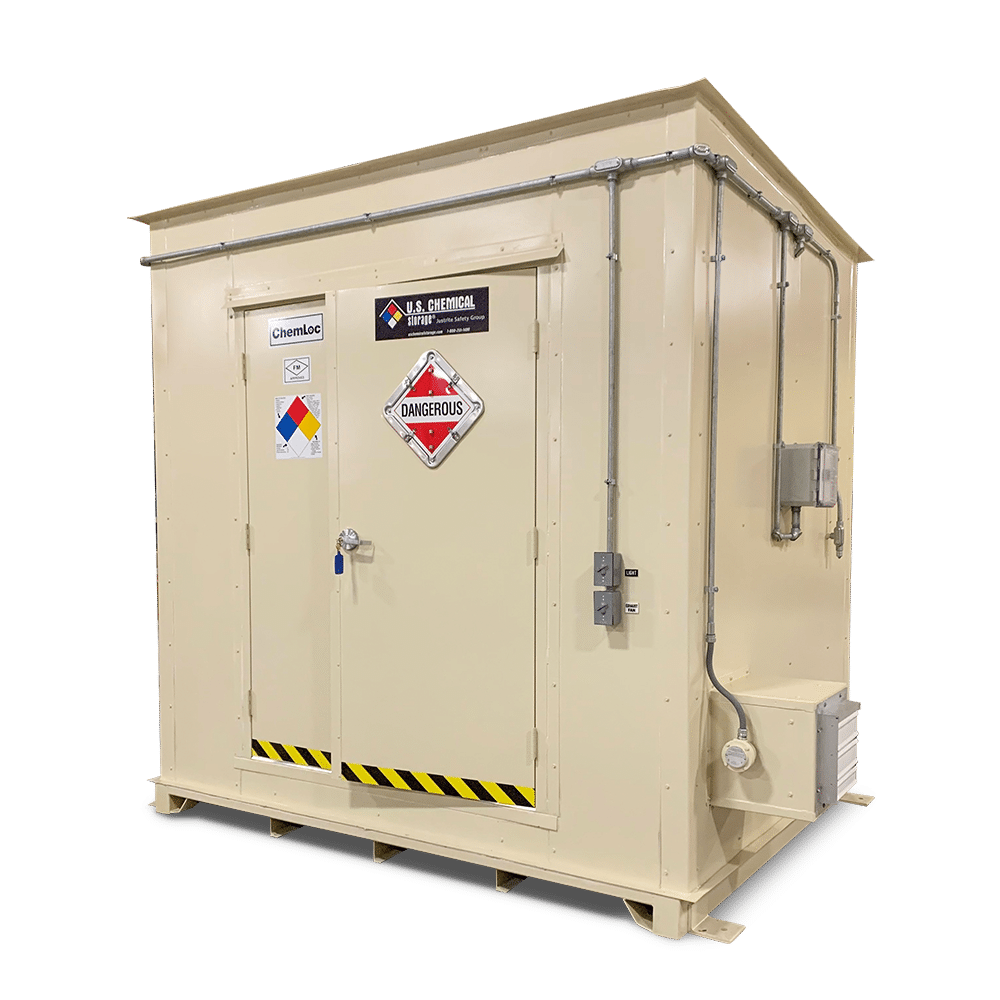
ChemLoc™ buildings protect your hazardous materials from many environmental factors with built-in secondary containment and bolt-down plates.
Types of Non-Fire Rated Hazmat Storage Buildings
ChemLoc™ Chemical Storage Buildings
For unparalleled protection, use non fire-rated hazardous chemical storage buildings for storing flammable or combustible chemicals at least 30 feet from other buildings. These chemical storage units have countless applications and accessories that can be custom engineered to fit your specific needs.
DrumLoc™ Chemical Drum Storage Buildings
DrumLoc™ is a safe and secure non fire-rated storage building and provides ideal protection for large quantities of hazardous chemicals. Each chemical drum storage building can be outfitted to hold from two to 56 drums and will accept a variety of accessories to make operations flow safely and smoothly.
TurfLoc™ Agri-Chemical Storage Buildings
TurfLoc™ is the ideal non-fire rated chemical storage building for turf maintenance and agricultural professionals. Designed for herbicide, fungicide, and pesticide storage, the flexible design of TurfLoc also makes it suitable for fertilizer and other agrichemicals.
With multiple options you can find the perfect choice for your operations whether you’re storing paint, caustic chemicals, herbicides, pesticides, fertilizers, or other regulated hazardous materials or chemicals.*
Outdoor Chemical Storage Buildings for Every Need
Unlike our competitors, U.S Chemical Storage offers 100% customizability of our buildings. Modular or singular construction options and a wide variety of accessories help provide the best non-fire rated chemical storage available. All prefabricated hazardous storage buildings feature built-in secondary containment and come with a 15-year warranty on the structural integrity of your building for additional information on parts and accessories coverage, see our detailed warranty guide.
Optional accessories including electrical packages, ramps, racks, shelving, and others are available upon request. Rest easy and work worry free knowing your hazardous materials will be protected from environmental factors such as extreme temperatures, wind, and seismic activity. *Always consult your local authority with jurisdiction to ensure that all rules and regulations are followed, including proper setback requirements.
Features & Benefits
- Continuously-welded, leak-tested sump
- Static ground connections
- Seismic bolt-down angles
- 3-point door hardware standard
- Coal tar undercoating for corrosion protection
- FM-approval available
- 15-year structural warranty
- Chemical and UV resistant coating
- Natural draft ventilation
- Galvanized steel grate floor
- Forklift channels for easy relocation
- Available climate control
- Meets EPA, NFPA 30 and NFPA 1
- Fully customizable
Downloadable Information & Fact Sheets
Compliance & Approvals
At U.S. Chemical Storage we strive to give you the best solution for your operations. This building and its accompanying accessories can be engineered to meet the following approvals and certifications based upon your unique set of needs.
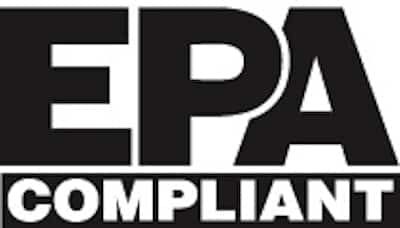
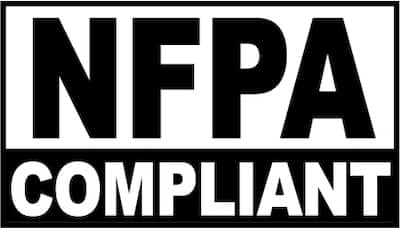
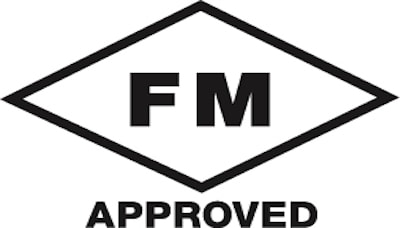
Frequently Asked Questions
First consult the Safety Data Sheet (SDS) to determine the type of chemical you’re storing and any storage requirements listed. There are two main classifications of buildings to consider: fire-rated and non-fire-rated steel buildings.
There are three main questions you should answer before engineering or design can begin on your building: what is to be stored, how much of it is being stored, and where is the location it will be stored? You will also need to consult with your local “Authority Having Jurisdiction” (AHJ) or local code expert to determine your area’s specific storage building requirements.
Our team at U.S. Chemical Storage has a wealth of knowledge, experience, and resources to help analyze your storage needs, but the final approval is made by the local AHJ, so you will need to ultimately ask them about your requirements early in the planning process.
Chemical storage buildings manufactured by U.S. Chemical Storage are designed to get your operation compliant. Contact one of our technical sales engineers to learn how we can find the best solution for your compliance needs. You will also want to learn more about specific chemical storage requirements in your specific area by contacting your local “Authority Having Jurisdiction” (AHJ) who could be a local fire marshal, a municipal code official, or a city environmental department.
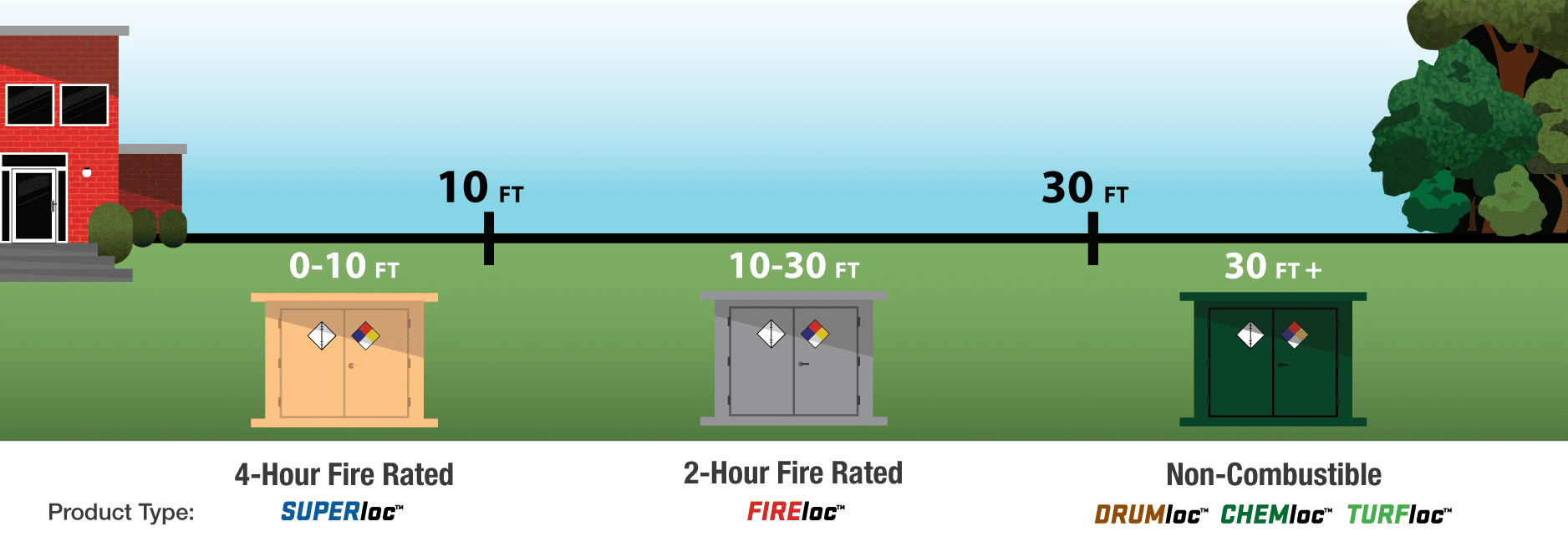
Request a Quote

YOUR PARTNER IN THE PROCESS. EXPERIENCE YOU CAN TRUST.
We deliver the precise building solution with the speed, security, and high quality that you demand.

